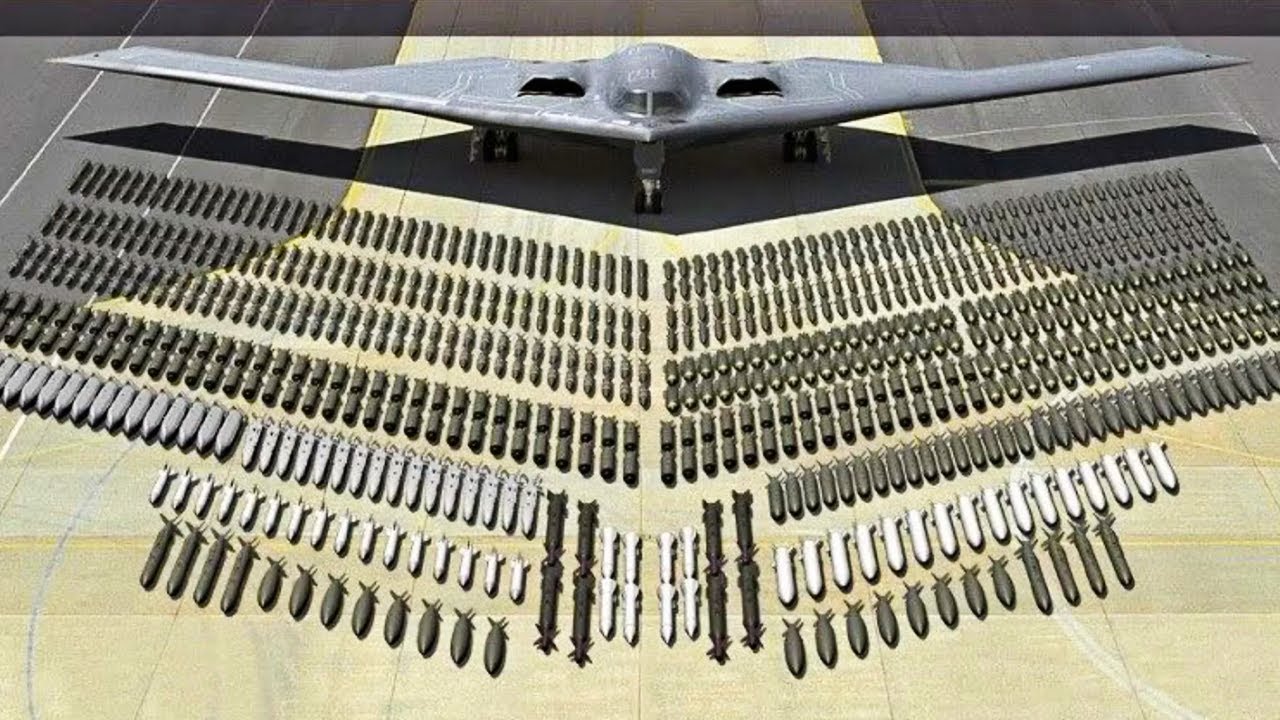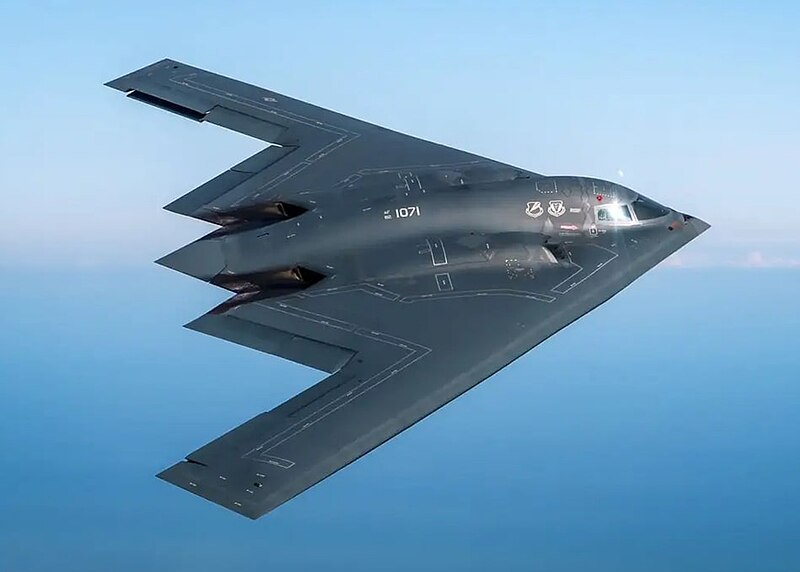Discover the Power of the B2 Bomber The Ultimate Weapon in Modern Warfare
In the rapidly evolving landscape of military technology, the B-2 Spirit bomber stands out as one of the most advanced and transformative aircraft in modern warfare. This stealth strategic bomber, developed by Northrop Grumman, has not only redefined the capabilities of aerial warfare but has also influenced military strategy at a global scale. Understanding the power of the B-2 bomber requires an exploration of its unique design, innovative technology, extensive capabilities, and strategic implications.
A Brief History of the B-2 Bomber
The concept of the B-2 Spirit emerged during the late 1970s, amidst the Cold War’s escalating tensions and the necessity for a new generation of bombers that could penetrate sophisticated enemy defenses. The development was heavily influenced by lessons learned from earlier aircraft, notably the B-29 Superfortress and the B-52 Stratofortress. The B-2 was officially introduced into the United States Air Force (USAF) in 1997, but the design and development phase began decades earlier, with Northrop Grumman crafting a prototype that incorporated cutting-edge stealth technology to evade radar detection.
The B-2 is renowned for its distinctive flying wing design, which, combined with advanced materials and technology, significantly reduces its radar signature. This bombers’ capabilities were first showcased during the Kosovo War in 1999, where it made headlines for its precision bombing, striking deep into enemy territory without facing significant threats from anti-aircraft systems.
>>> Buy now: A Very Shenron Christmas Dragon Ball Z Ugly Sweaters For Men Women
Innovative Features of the B-2 Spirit
Stealth Technology
At the heart of the B-2 bomber’s design is its pioneering stealth capabilities. Unlike traditional bombers, the B-2’s flying wing design minimizes radar return, allowing it to fly undetected into heavily fortified areas. The surface materials used in its construction, such as carbon-composite reinforced polymer, absorb radar waves, further enhancing its ability to evade detection.
Advanced Avionics
Equipped with cutting-edge avionics, the B-2 integrates sophisticated navigation, targeting, and communication systems. Its terrain-following radar allows for low-level flight, helping the bomber sneak under enemy radar systems while avoiding geographical obstacles. Moreover, enhanced electronic warfare systems bolster its survivability, allowing for the disruption of enemy radar and communication networks.
Payload Versatility
One of the B-2’s most significant advantages is its payload capacity. It can carry a wide range of munitions, including both guided and unguided bombs, making it a versatile tool in the air force’s arsenal. Capable of delivering nuclear weapons, the B-2 can also deploy precision-guided conventional bombs, providing commanders with options tailored to specific operational scenarios.
Global Reach
With its impressive range of approximately 6,000 nautical miles without refueling, the B-2 is capable of flying missions across continents without the need for forward operating bases. This capability allows for rapid global deployment, which enhances the flexibility of American military operations and contributes to deterrence strategies.
Strategic Implications of the B-2 Bomber
The introduction of the B-2 Spirit into the USAF has broad strategic implications that extend beyond mere tactical advantages on the battlefield.
Deterrence and Global Power Projection
The B-2 bomber acts as a powerful tool for deterrence, signaling to potential adversaries the United States’ capability and willingness to project power globally. The mere existence of such advanced technology can deter hostile actions from nations that might otherwise consider aggression. The ability to strike any target worldwide without warning enhances the effectiveness of American military diplomacy.
Modern Warfare and Asymmetric Threats
In modern warfare, where threats often come from non-state actors and asymmetric engagements, the B-2’s precision strikes and low observable capabilities allow for effective counter-terrorism and counter-insurgency operations. The bomber has demonstrated its proficiency in engaging high-value targets with minimal collateral damage, a crucial factor in contemporary military engagements.
Evolving Military Strategies
The B-2 Spirit has prompted military strategists to adapt their approaches to warfare. The emphasis on stealth and precision over sheer numbers has influenced the development of tactics, training, and logistics in modern air operations. It has also led to important investments in supporting technologies, such as unmanned aerial vehicles (UAVs) and advanced missile systems, further evolving the nature of aerial conflict.
Challenges and the Future of the B-2 Program
While the B-2 bomber has achieved remarkable success, the program is not without challenges. The aircraft’s high operational costs, complex maintenance requirements, and limited production numbers mean that the USAF must carefully manage its resources. Furthermore, as adversaries invest in advancements in air defense systems and technology, the B-2 may face increased risks in contested environments.
Looking ahead, the USAF is developing the B-21 Raider, a next-generation bomber designed to complement the capabilities offered by the B-2. This newer aircraft will build on the technological foundations of its predecessor while integrating lessons learned from recent combat operations.
The B-2 Spirit bomber represents the culmination of decades of research, development, and innovation in the field of military aviation. Its unmatched stealth capabilities, operational versatility, advanced avionics, and strategic significance position it as a cornerstone of modern warfare. As countries around the world continue to vie for military superiority, understanding and leveraging the power of the B-2 will remain a pivotal element of any military strategy.
>>> Read more: The Global Success of Mercury Moon
In a time when the landscape of conflict is shifting, embracing the full potential of the B-2 bomber is not just about maintaining an edge on the battlefield; it’s about shaping the future of military operations in an ever-complex world. Whether through deterrence, precision strike, or global reach, the B-2 Spirit will continue to play a crucial role as the United States and its allies navigate the challenges of 21st-century warfare.



